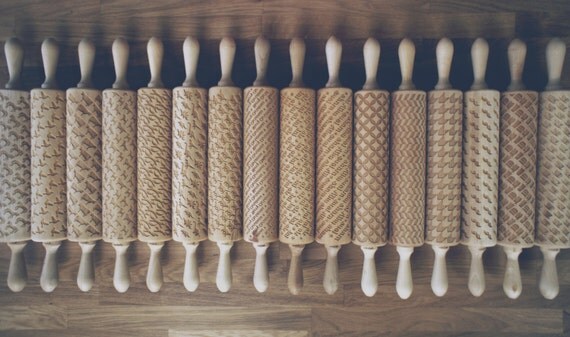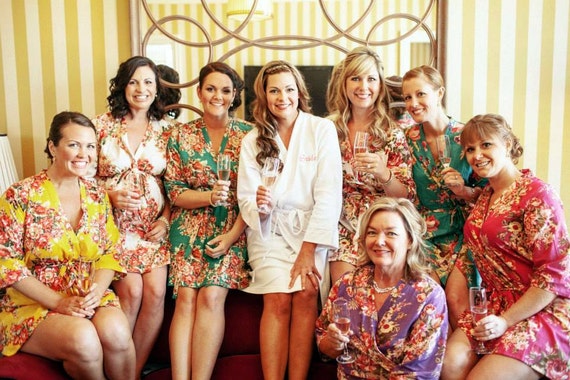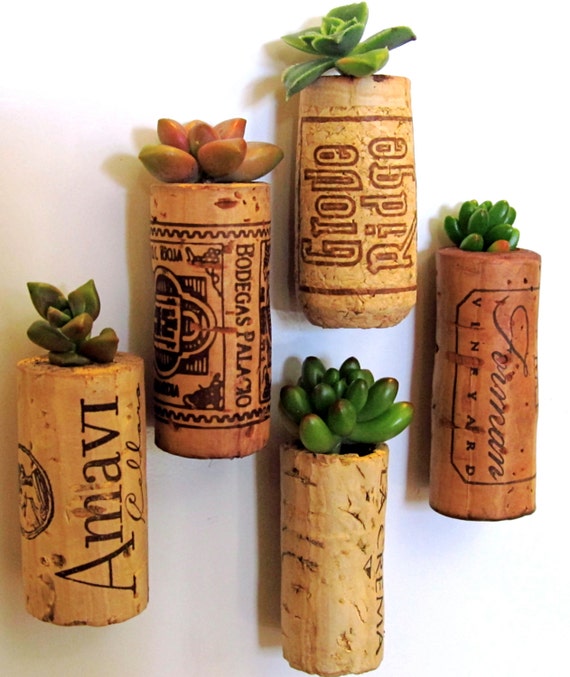Source: Bon Appetit
The best part of the day was going to one of my friend's childhood home in Marin for a 'because it's summer and we can' barbecue and dinner party. His parents' house is a beautiful bungalow with lots of California Mission-style sculpture and icons displayed throughout.
My favorite discovery was a small wrought-iron garden table with a tiled surface. I adore decorative tilework and ceramics like this...I could stare at them all day, sinking into the colors and retracing the lines with my eyes. Some people find such abstract motifs cold and disconnected from reality, but I adore how each tile unites color and movement with a Euclidean sense of order and rationality.
Of the figurative tiles, my favorite was one that showed an archer on horseback (below). Even though the horse is partly missing, the blue frame and upward thrust of figures make the scene feel very immediate. If we had arrived one moment later, would they have moved out of frame?
At dinner I thought more about how perfectly the tile captures a specific sequence in time. You can tell what has just happened and what is about to happen, but it's a short-lived perspective, with the broader plot going untold. Who is the rider and what is he or she charging toward? What do they see that we can't see?
These days, I'm anticipating my departure from California and so am more interested in the future than usual. Astrology aside, however, I can't tell what will come next. I can hope and imagine, but I'm also a little scared. I move through each day as though it has its own blue tile frame...each day is an enclosed experience, unlike the prior and unlike the following. Somehow it makes moving forward seem possible.






















.JPG)
















.JPG)



